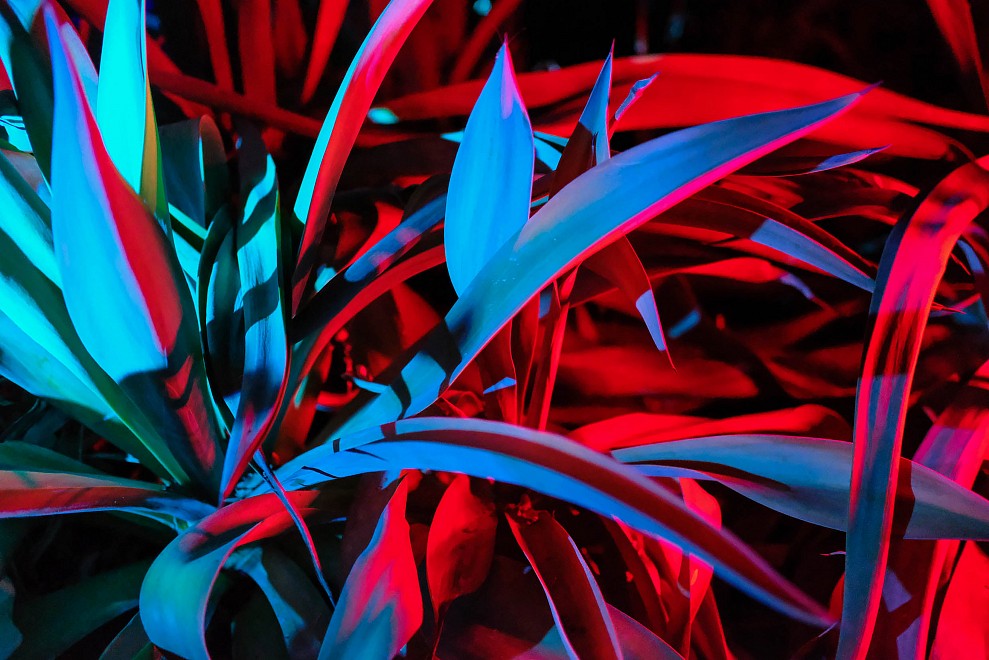Athr Gallery is pleased to present bahar-bashar-shajar-hajar, Ayman Zedani’s debut solo exhibition. Comprised of four rhyming three-letter Arabic words (for sea, human, tree and stone, respectively) the title maps out the conceptual and material coordinates of the show, linguistically entangling the human and non-human, animal and plant, organic and inorganic, land and water. Included are works in different media that build on a series of experiments and investigations Zedani has conducted over the last year in Sharjah, where he is currently based.
Inspired by the new materialist philosophies of Jane Bennett and Donna J. Haraway, ranging from Bennett’s theories on the vibrancy and agency of matter to Haraway’s provocative suggestions for multispecies collaboration by “making kin” as ways of surviving the challenges of the Anthropocene, Zedani engages with elements of the region’s specific flora and geology to examine how nature, landscape and environment are understood, experienced and consumed across the contemporary Gulf.
As part of the Sharjah Art Foundation’s 2018 March Project, Zedani set up an installation cum laboratory titled non-human-assembly, in which he cultivated a set of skin-like biofilms using a microbial community of yeast and bacteria. These biofilms were stained with a mixture of dried herbs, flowers and other plants sourced from the spice market behind Zedani’s studio. Originating from countries across the MENASA region, these dried plants infused the biofilms with not just color and smell, but the distinct terroirs they were cultivated in, blurring the borders between modern nation states while also acknowledging ancient trade routes, both maritime and terrestrial, that have long linked Gulf port cities like Sharjah and Jeddah, to a broader intercultural mercantile network. At Athr, Zedani presents these biofilms as a row of circles, suggesting petri dishes or tissue samples, acknowledging the experimental context in which they were first produced. Dried and cured, the translucent biofilms come to resemble vellum or hide; they become, literally and metaphorically, a skin of the region. While “assembly” references machines it also, importantly, recalls a gathering of people, a political collectivity, and the biofilms constitute a utopic gathering, a synthetic body that enables transnational and intercultural intimacies and solidarities otherwise impossible due to current geopolitics.
The show also features a new video, and a series of related photographs, shot on Sharjah’s Al Noor Island, a popular tourist attraction in the city’s Khalid Lagoon, that reflect on the ways that nature is increasingly manipulated into entertainment and spectacle. Across Gulf cities, nature is increasingly experienced as simulacra—from artificial rainforests to simulated ski slopes, plastic flowers to mummified palm trees, butterfly gardens to neon forests—blurring the distinction between the natural and the artificial, or as geographer Ahmed Makia has recently suggested, between the “biotic” and the “bionic.” Taking a cue from the island’s name, and acknowledging light’s link to divinity in the region, the video is, in essence, a light study. Shot at night in luminous 4K, Zedani’s mesmerizing video focuses on the island’s “gleaming meadows,” a psychedelic light display projected onto the landscaped island’s trees and plants. Though the light is enticing, it eclipses the flora, which appear as silhouettes. Receding into the shadows, they withdraw from us, alienating us further from nature itself.




